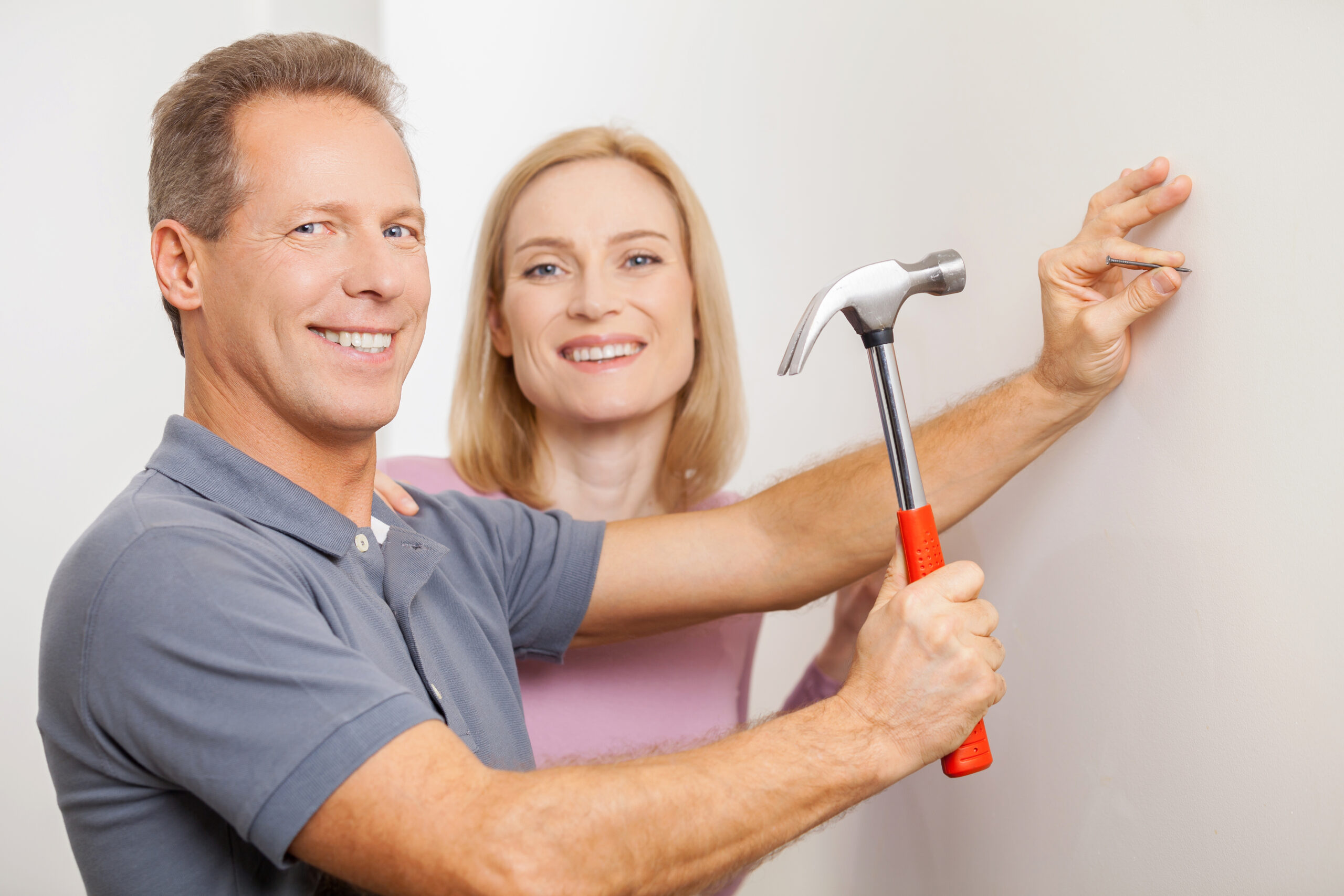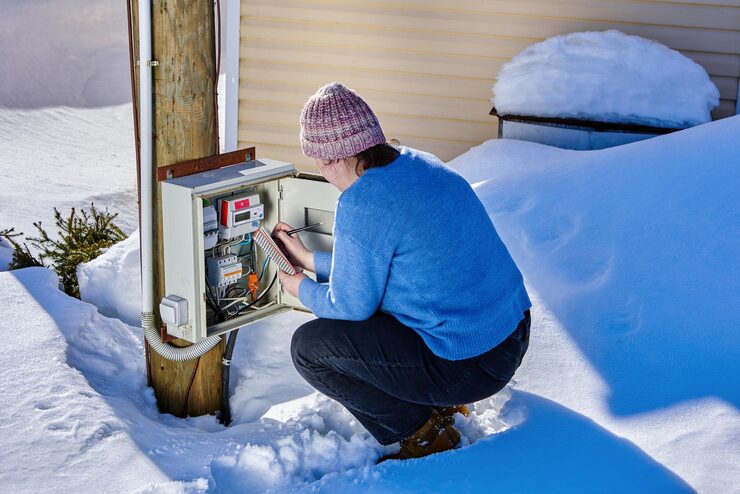Owning a home is a significant investment. Managing the expenses that come with it is a top priority for many. From unexpected repairs to high utility bills, the costs can add up quickly. What if you could get ahead of these expenses? By shifting your focus from reactive fixes to proactive care, you can unlock substantial savings. This approach, centered on smart technology and regular upkeep, makes homeownership more affordable and less stressful.
This guide will explore how you can use a combination of smart technology and simple habits to implement a cost saving maintenance strategy. We will cover how to monitor your home’s systems, prevent problems before they start, and reduce your energy consumption. By the end, you will have a clear roadmap for protecting your investment and keeping more money in your pocket.
Understanding the Power of Preventive Care
Many homeowners operate on a “break-fix” model. An appliance stops working, a pipe leaks, or the HVAC system fails, and then they call for an expensive, urgent repair. The problem with this approach is that it’s almost always more costly than addressing potential issues early on. Emergency service calls come with premium charges, and damage from a system failure, like a water leak, can lead to thousands of dollars in secondary repairs.
This is where preventive care comes in. By performing regular checks and maintenance on your home’s major systems—plumbing, electrical, HVAC, and appliances—you can catch small issues before they become catastrophic failures. Think of it like a regular check-up for your home. This proactive mindset is the foundation of effective cost saving maintenance. It not only extends the lifespan of your essential systems but also ensures they operate at peak efficiency, which directly impacts your monthly utility bills.
Implementing preventive home repairs doesn’t have to be complicated. It can start with simple tasks like cleaning your HVAC filters monthly, inspecting for leaks under sinks, or descaling your water heater annually. These small actions can prevent system strain, improve performance, and help you avoid costly breakdowns.
How Smart Technology Revolutionizes Home Maintenance
The rise of modern home automation has provided homeowners with powerful new tools to manage their properties. Smart devices can monitor your home’s health in real-time, alert you to potential problems, and even automate routine maintenance tasks. This technology transforms home maintenance from a guessing game into a data-driven strategy.
A centralized system, like the one offered by CleverHome Assistant, can integrate various smart devices, giving you a comprehensive overview of your home from a single dashboard. Let’s look at how specific smart technologies contribute to a more efficient and cost-effective home.
Smart Thermostats: Beyond Temperature Control
A smart thermostat is one of the easiest entry points into home automation and offers an immediate return on investment. These devices learn your schedule and preferences, automatically adjusting the temperature to save energy when you’re away or asleep. According to the Department of Energy, using a programmable or smart thermostat can save you as much as 10% a year on heating and cooling costs.
But their benefits extend to maintenance as well. Many smart thermostats can monitor your HVAC system’s performance. They can track runtime, detect irregularities, and send you maintenance reminders, such as when it’s time to change the air filter. This proactive monitoring helps ensure your system runs efficiently and can alert you to potential issues before they cause a complete system failure, saving you from an expensive emergency replacement.
Leak Detectors: Your First Line of Defense Against Water Damage
Water damage is one of the most common and expensive problems homeowners face. A small, undetected leak can lead to structural damage, mold growth, and a massive water bill. Smart leak detectors are small, affordable sensors that you can place in water-prone areas like basements, laundry rooms, and under sinks.
When a sensor detects moisture, it sends an instant alert to your smartphone. More advanced systems can even be connected to an automatic water shut-off valve, which can stop the flow of water to your entire home the moment a leak is detected. This immediate response can be the difference between a small puddle and a flooded basement, potentially saving you thousands of dollars in repairs and restoration. This is a prime example of smart technology facilitating effective cost saving maintenance.
Smart Appliances and Energy Monitoring
Modern appliances are increasingly equipped with smart features that assist with maintenance and energy efficiency. A smart refrigerator might alert you if the door is left open or if its internal temperature is fluctuating, which could indicate a failing component. A smart dishwasher or washing machine can be scheduled to run during off-peak energy hours, lowering your electricity bill.
Beyond individual appliances, smart plugs and energy monitors provide valuable insights into your home’s overall energy consumption. By tracking which devices are using the most power, you can identify “energy vampires”—electronics that draw power even when turned off—and make informed decisions to reduce waste. This granular level of detail is invaluable for anyone serious about cutting utility costs.
Integrating Your Smart Home with a Digital Home Assistant
While individual smart devices are useful, their true power is unlocked when they work together within a unified ecosystem. A digital home assistant acts as the central hub for your smart home, connecting your thermostat, leak detectors, lighting, and other devices. This integration allows for more sophisticated automation and control.
For example, with a system like CleverHome Assistant, you can create routines that enhance both convenience and savings. A “Goodnight” routine could dim the lights, lower the thermostat, and arm your security system with a single command. An “Away” mode could automatically adjust the climate settings for maximum energy savings and ensure all non-essential devices are powered down.
This centralized control also simplifies maintenance monitoring. Instead of checking multiple apps for different devices, you can receive all alerts and status updates in one place. This holistic view of your home’s health makes it easier to stay on top of maintenance tasks and respond quickly to any issues that arise.
Conclusion
Shifting from a reactive to a proactive maintenance strategy is the key to protecting your home and your finances. By embracing regular upkeep and leveraging the power of smart technology, you can prevent costly repairs, reduce your energy bills, and extend the lifespan of your home’s most important systems.
Start by creating a simple maintenance checklist and consider investing in a few key smart devices like a thermostat or leak detectors. As you build out your smart home, a centralized platform like CleverHome Assistant can help you integrate and manage your devices for maximum efficiency. Ultimately, investing a little time and effort in cost saving maintenance today will pay significant dividends for years to come, giving you peace of mind and a more secure financial future.
Frequently Asked Questions
What is cost saving maintenance?
Cost saving maintenance refers to a proactive approach to maintaining your home, using regular upkeep, smart technology, and early intervention to prevent costly repairs. By staying ahead of problems, homeowners can save money on emergency fixes, reduce utility bills, and keep their homes running smoothly. Using a smart platform like CleverHome Assistant makes it easy to track and manage your maintenance tasks for even greater savings.
How does a digital home assistant help with preventive home repairs?
A Digital Home Assistant like CleverHome Assistant connects with your smart devices to monitor your home’s systems in real-time. This integration alerts you to potential issues—such as water leaks or appliance malfunctions—allowing you to perform preventive home repairs before minor problems escalate. The centralized dashboard keeps all maintenance information easily accessible so nothing falls through the cracks.
What are the advantages of modern home automation for maintenance?
Modern home automation offers advanced technology for scheduling, monitoring, and automating regular maintenance tasks. With solutions from CleverHome Assistant. You can automate lighting, climate control, and system checks, reducing manual effort and increasing overall efficiency. This streamlining helps you stay on top of maintenance and achieve long-term cost savings.
Can I use CleverHome Assistant if I already own some smart devices?
Absolutely! CleverHome Assistant is design to integrate with a wide range of smart home devices. By connecting your existing devices to the CleverHome Assistant platform. You gain a more comprehensive view of your home and can better coordinate your cost saving maintenance strategies.
How often should I perform preventive maintenance tasks?
Preventive maintenance should be perform on a regular schedule, which varies by task and system. Moreover, For example, HVAC filters may need replacing every 1-3 months, while some appliances require annual servicing. CleverHome Assistant App can help you set reminders and track complete tasks, ensuring nothing is overlook in your maintenance routine.





